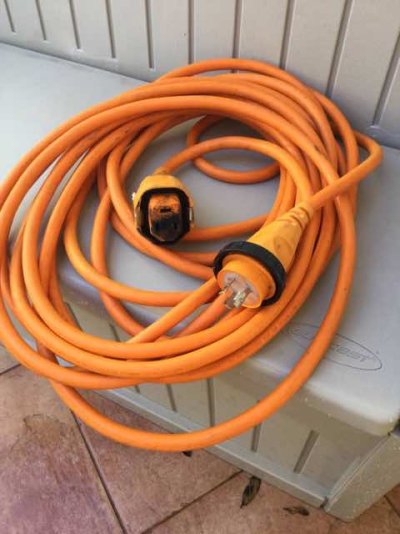Phil Fill
Guru
- Joined
- Oct 11, 2007
- Messages
- 2,919
- Location
- US
- Vessel Name
- Eagle
- Vessel Make
- Roughwater 58 pilot house
The smart plug and socket started an electrical fire that melted fuse them together. No damage except for the smart plug and socket but a log of smoke damage to the immediate area. The cause was caused the the socket did not hold the plug secure in place. The socket and plug was 240 volt, 50 smp which is heavy. I have had trouble with them before wiggling loose causing the electrocity to go off and on. The dock and house breakers did not trip.
We replaced the socket and plug with the marinco with the convention locking ring we used for 30+ years. Had to replace the wires from plug to breakers. The Eagles and we are well known so the marine electrician came right over and with in 3 hours electricity was back an. He said the smart plug was not that reliable especially the big hravy power cords. To much weight pulling down on the plug.
So you might want to ckeck and/or replace plug and socket.
We replaced the socket and plug with the marinco with the convention locking ring we used for 30+ years. Had to replace the wires from plug to breakers. The Eagles and we are well known so the marine electrician came right over and with in 3 hours electricity was back an. He said the smart plug was not that reliable especially the big hravy power cords. To much weight pulling down on the plug.
So you might want to ckeck and/or replace plug and socket.





